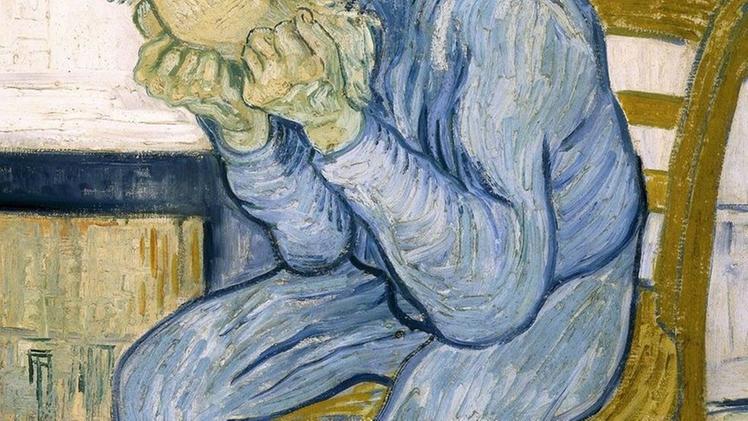A book challenges the myth of childhood transgenderism
The British High Court verdict (on past December) on the Keira Bell case
has made headlines all over the world: “ruling that children are not
competent to consent to being treated with puberty blockers is a victory
for common sense”, says The Times English newspaper. For The Economist, a more liberal outlet, the verdict “could have
global repercussions”. No doubt. But very few people, even among the media
pundits, knew of the well documented scholar book which denounced the “made
up scientifical evidence” to promote transgenderism: Inventing transgender children and young people, published in
November 2019 by Cambridge Scholars Publishing and edited by Heather
Brunskell-Evans and Michel Moore.
The story of Keira Bell, the 23-year-old British girl who at the age of 16
began the transformation into a male and who now regrets the choice, is
circulating all over the world. Keira accused the London clinic where she
had started her the transition, of not having investigated sufficiently the
reasons for her request to change sex and of having approved a desire that
a young person of that age is unable to express in full awareness; she also
denounced the excessive speed with which children and adolescents undergo
hormonal therapy to change sex.
Keira’s case has brought into the spotlight a very complex but little
debated issue: the treatment of gender dysphoria in adolescents
and children. This issue is thoroughly presented in the above mentioned
book, which gives voice to concerns about therapeutic approaches to
transgender children; therapies that are spreading from England and the
Netherlands to other states. The curators, Moore, honorary professor at the
School of Health and Social Care at the University of Essex, UK, and
publisher of the international journal Disability and Society, and
Evans, philosopher and social theorist, with particular experience in the
medical field, especially with regard to the sexual body and gender, have
been studying the subject for years and are committed to spreading a
critical awareness of the phenomenon of transgenderism and gender dysphoria.
A book that helps to reflect on sex change
The book contains essays and reflections by academics, psychiatrists and
parents, as well as young adults who regret having embarked on the process
of transition from biological sex to perceived sex, and aims to demonstrate
that transgenderism is not a biological reality, but an ‘invented’ concept
with no basis in neuroscience, psychology or psychiatry. The authors argue
that there is little evidence to support claims that the brain is sexual
and no evidence that some fetuses develop with mismatched brains and
bodies. In particular, the authors observe: “the idea that transgenderism
is an internal, pre-social phenomenon that has existed throughout history
is not an evidenced fact, but a proposition”.
Ideological propaganda or scientific freedom?
Ideological propaganda would act as a shield for the medical practices used
to support the transition to sex change; practices which, as Moore and
Evans’ text highlights, are also carried out in adolescents and young
children and consist in the administration of drugs to block puberty, while
the person has to decide which gender to belong to. This is what happens in
England, in London, with the contribution of the National Health Service,
at the Tavistock Centre, the clinic responsible for the treatment of gender
dysphoria even in pediatric age and which in recent years has recorded a
significant increase in the number of children treated, and currently
presents long waiting lists.
The book deals with the controversial medical practice of administering
hormones to healthy children and adolescents, with an average age of around
12 years, putting them at risk of infertility, to support their perception
of a gender identity different from the biological sex. The treatment also
goes as far as surgery to eliminate secondary sexual characteristics, in
order to ‘accompany’ and prepare the transition, even anatomical, to the
opposite sex.
The text focuses its attention on how the positive affirmation
harms children. By ‘positive affirmation’ we mean the undisputed acceptance
of the desire, manifested by children, to belong to a gender other than
biological; at the same time parents are advised to support this idea of
the child, which is considered more real than his physical conformation.
The ‘positive affirmation’ is often accompanied by a “social transition”:
children can take on a new name, adopt pronouns and clothing associated
with the opposite sex and gain access to previously forbidden spaces.
Moreover, during this process, transgender children become famous: they are
testimonials of courage and emancipation.
However, the authors of the book point out that if pandering to the
acquisition of a new identity can ‘freeze development’ by preventing
sexuality from maturing, it can also increase confusion in the child due to
the misalignment of body and mind development.
What can be done then?
For years many people have wondered what can be done to counteract this
phenomenon. The book tries to give an answer by highlighting first of all
the need to bring out of the ‘spiral of silence’ the critical voices of
what seems to be the dominant mentality, both in the socio-cultural and in
the medical-scientific field, which is moving towards an increasing
acceptance of the transition process from pediatric age. In fact, the fear
of being accused of obscurantism, bigotry, transphobia, leads many to keep
beliefs, perplexities and fears about this topic to themselves.
Moreover, it should be remembered that, as reported in an article published
in the scientific medical journal Lancet in 2018, the biological
sex is determined immutably by two specific chromosomes at the moment of
conception, while gender is a social expression. Certainly the profound
suffering that situations such as gender dysphoria and the discomfort of
not accepting one’s biological sex create in the person are a real problem.
But the manipulation of puberty with the use of drugs created for other
purposes is also an actual problem. However, the consequences of
irreversible and hazardous invasive medical interventions should be
rigorously evaluated.
Without denying the complexity of the issue, it would be desirable to have
a society that listens, safeguards and protects young people by
accompanying them in a process of growth in the healthy development of the
perception of their body and their image, helping them to appreciate
themselves as they are. Parental figures must be role models in this
process within an adult society that, instead of promoting “freedom of
choice” should protect the most fragile members from self-harm.















